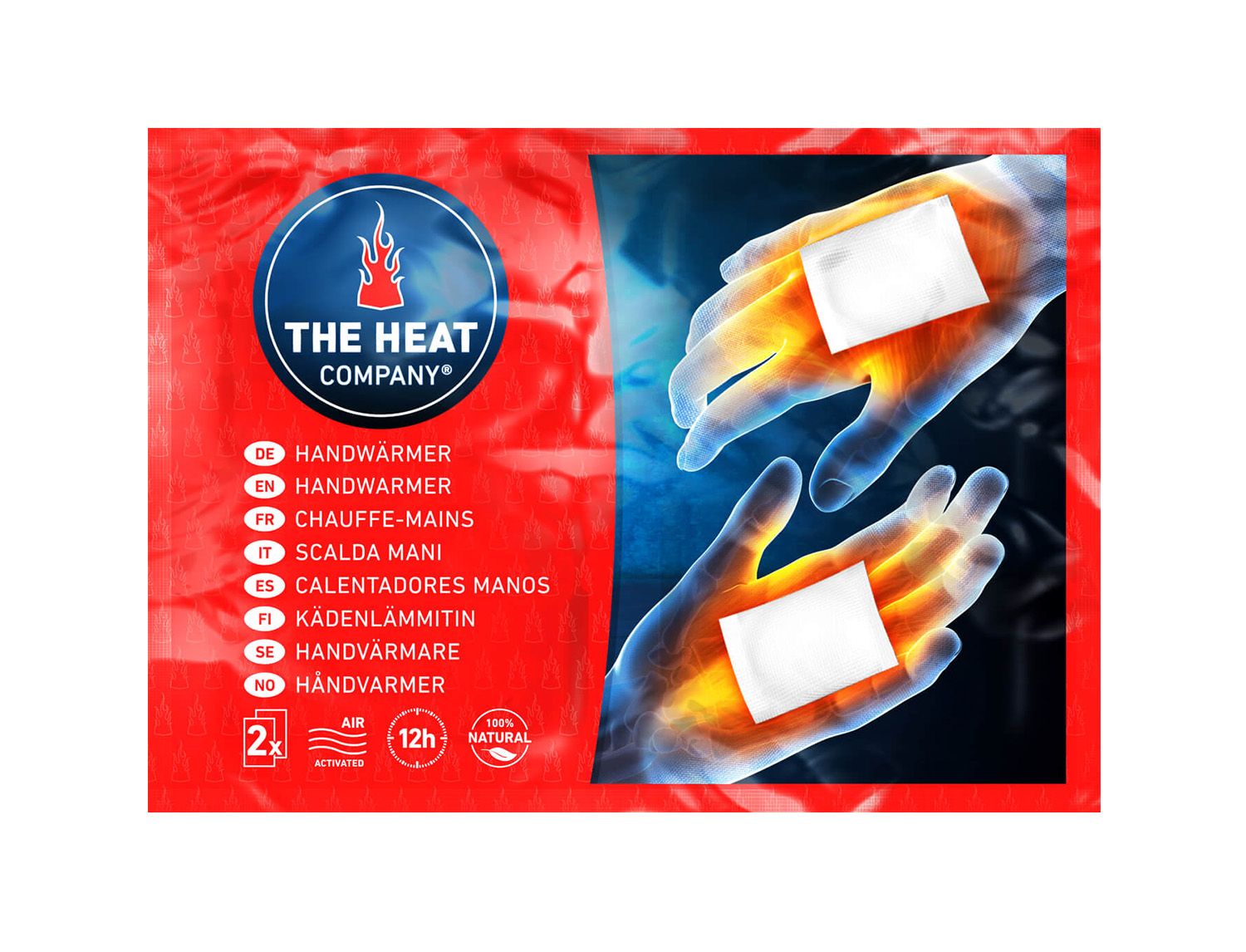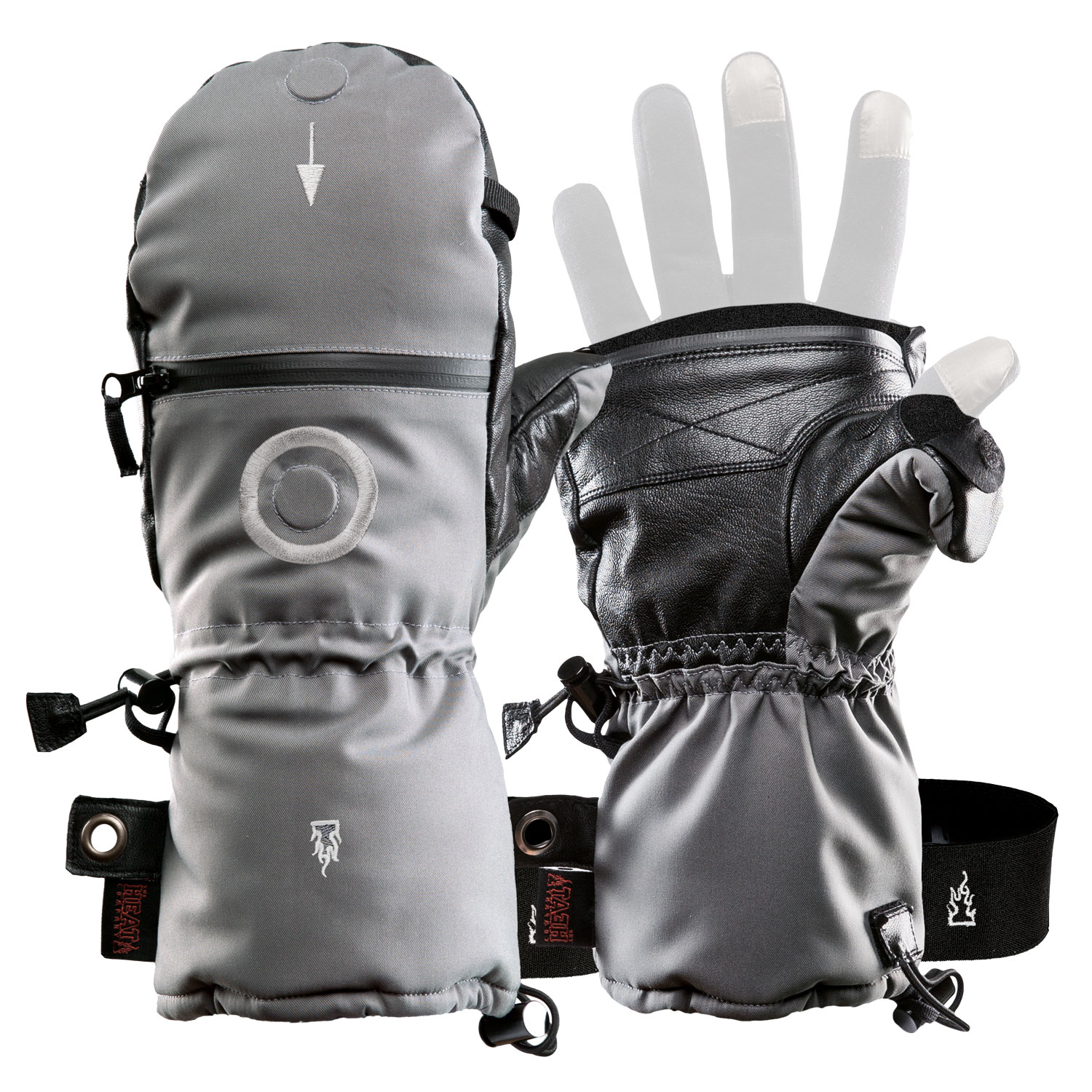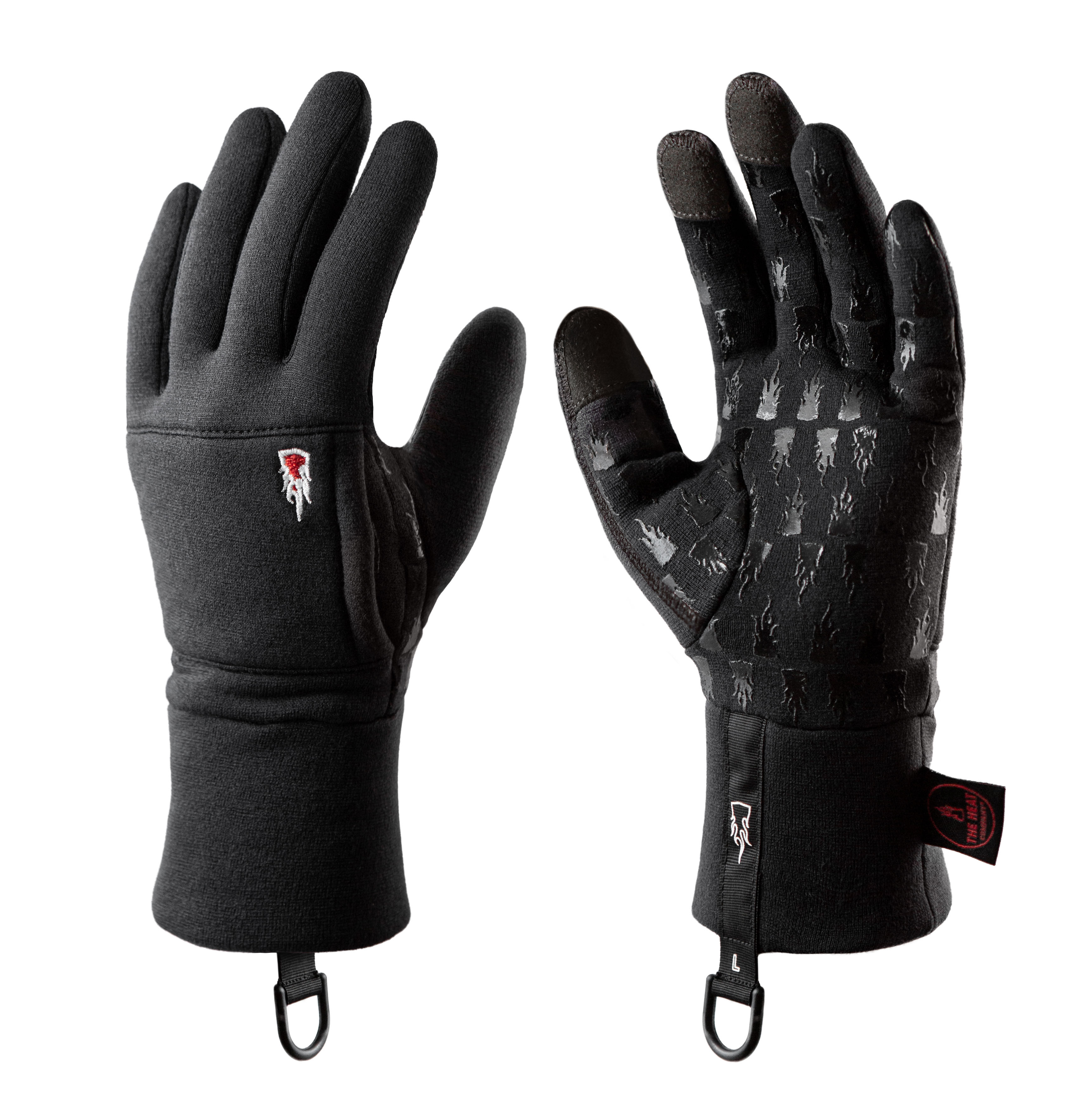Dream Destination for Photographers: Lapland
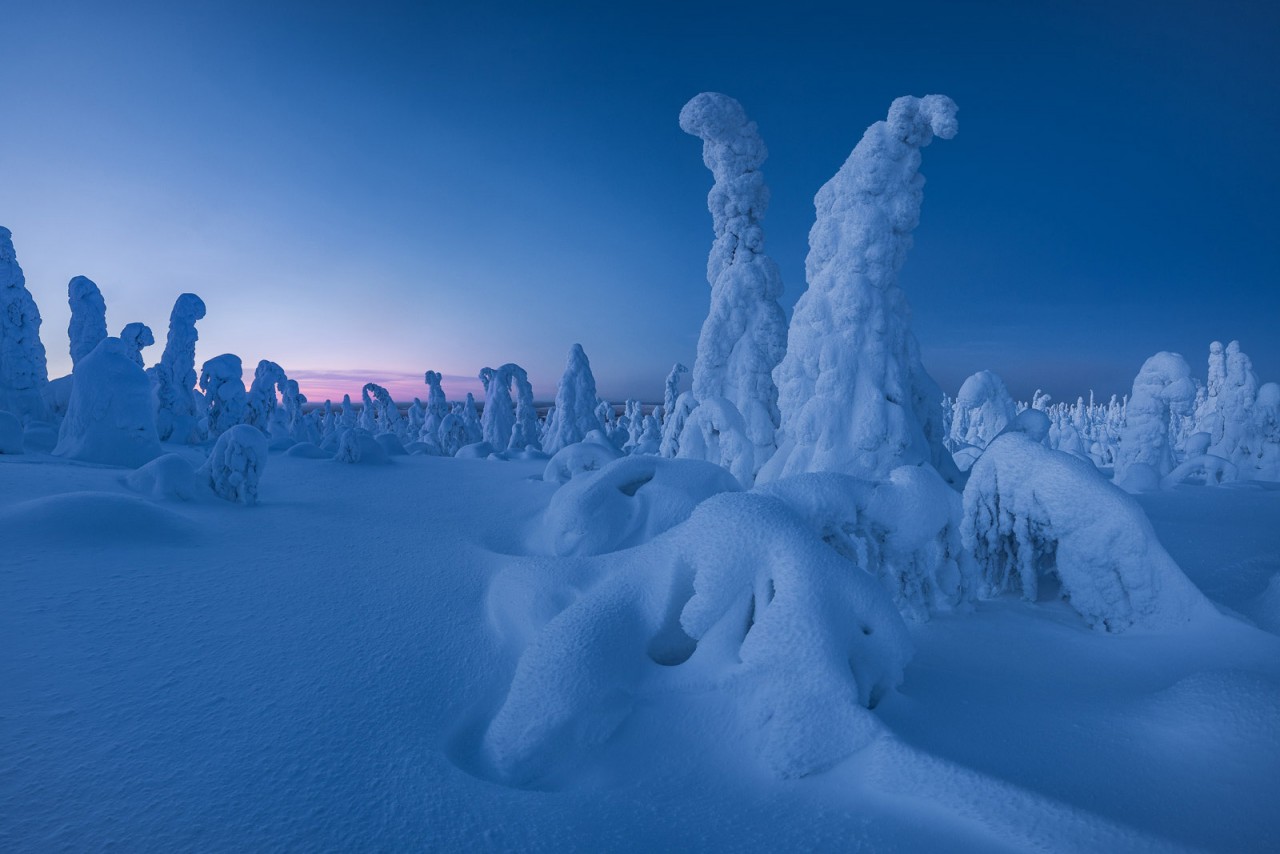
In this article, Pierre Destribats, professional landscape photographer and owner of a photo travel agency with special focus on Lapland, shows you the breathtaking beauty of Lapland - a paradise for landscape, aurora and wildlife photographers.
Lapland, an enchanting region in the far north of Europe, is a photographer's dream destination. With its breathtaking natural scenery, fascinating Northern Lights and abundant wildlife, Lapland offers countless opportunities for unforgettable photographic moments.
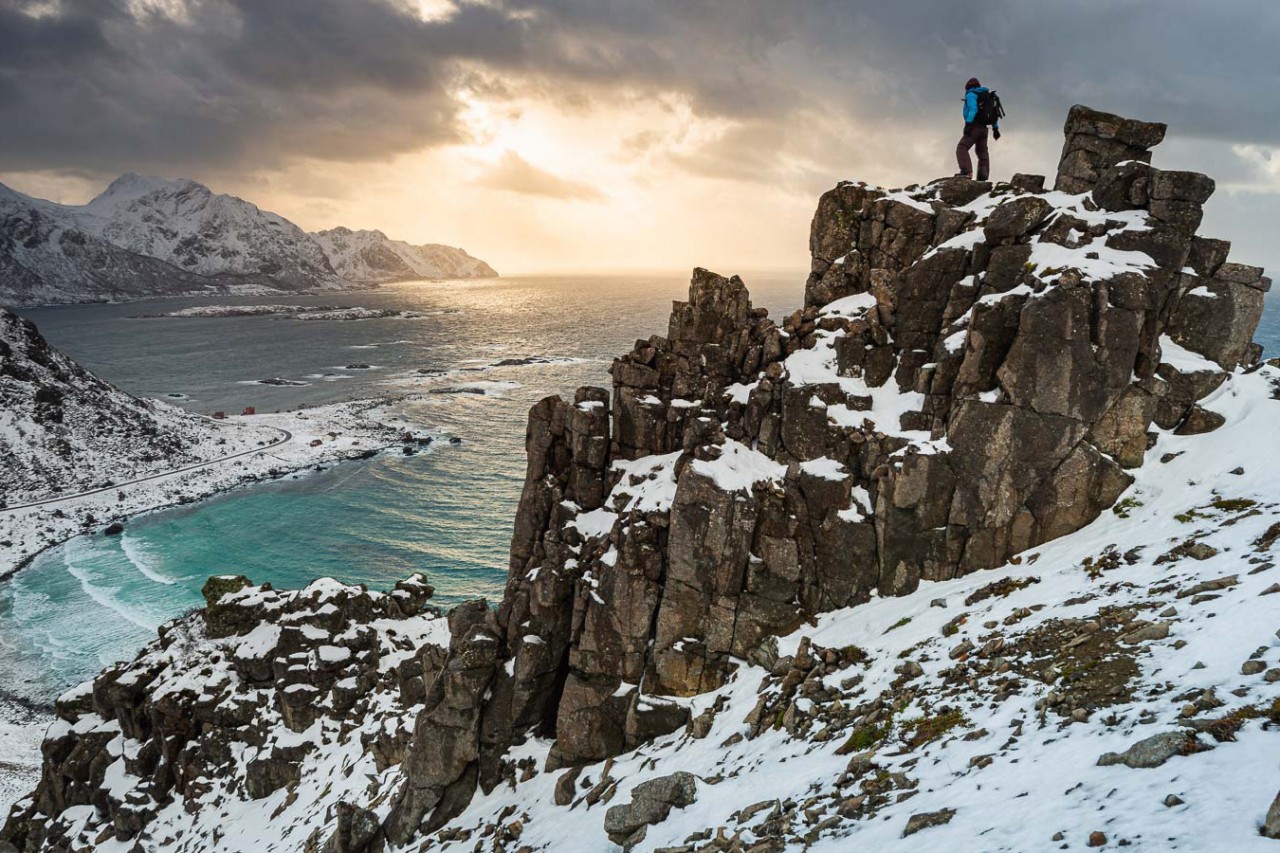
Immerse Yourself in the Majestic Beauty of Lapland
The Lapland region extends mainly across the three northern countries of Finland, Sweden and Norway (plus a tiny part of Russia). It is the ancestral territory of the Sami, an indigenous reindeer-breeding people. Lapland offers a unique environment for landscape photography, especially in winter. Trees covered in snow like snow ghosts, the endless forests of the taiga, frozen lakes and rivers all the way to the fjords off the Norwegian coast, as in the Lofoten and Senja islands. The clear, cold air gives an exceptional clarity to the landscapes and allows a good view of the surrounding mountain peaks and valleys.
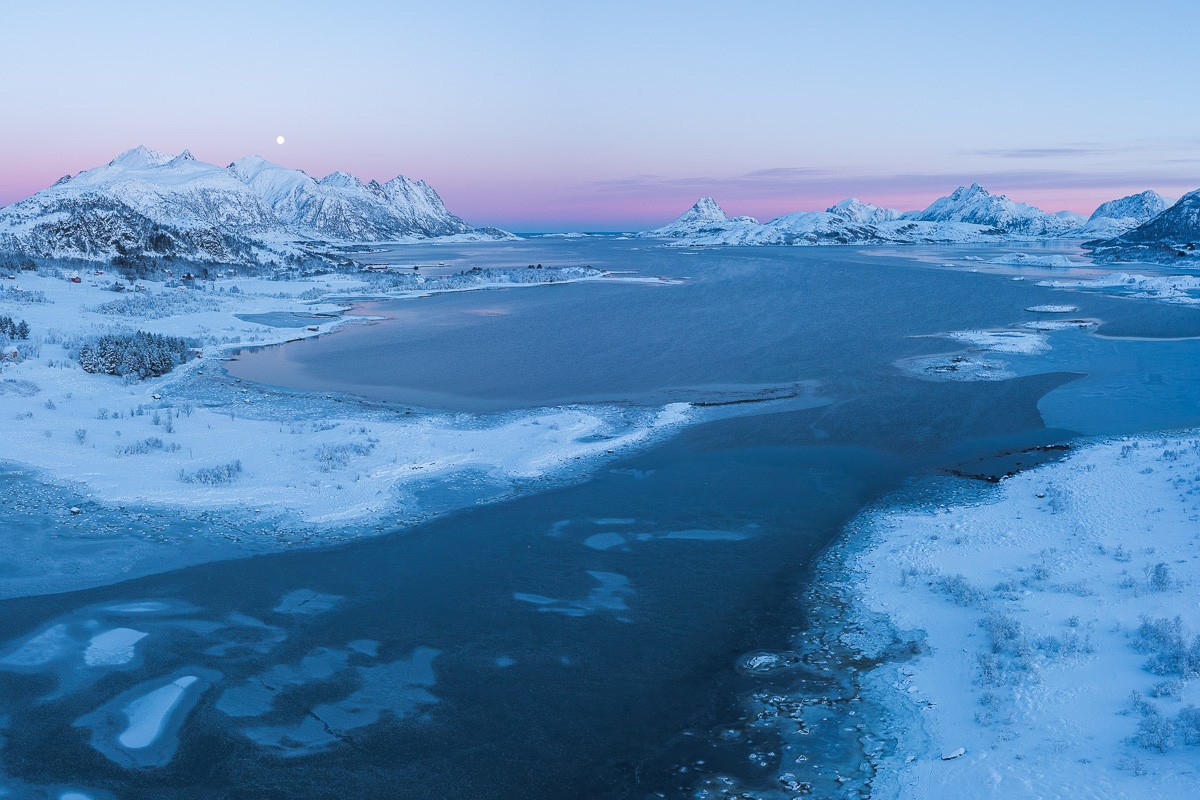
Kaamos: an Arctic Phenomenon of Enchanting Lights
Kaamos is the Finnish word for polar night and refers to the time north of the Arctic Circle when the sun no longer rises above the horizon. The sun only skims the horizon for a few hours, offering a light from another world, ranging from blue to orange and pink. This light corresponds to the well-known "blue hour" so popular with landscape photographers.
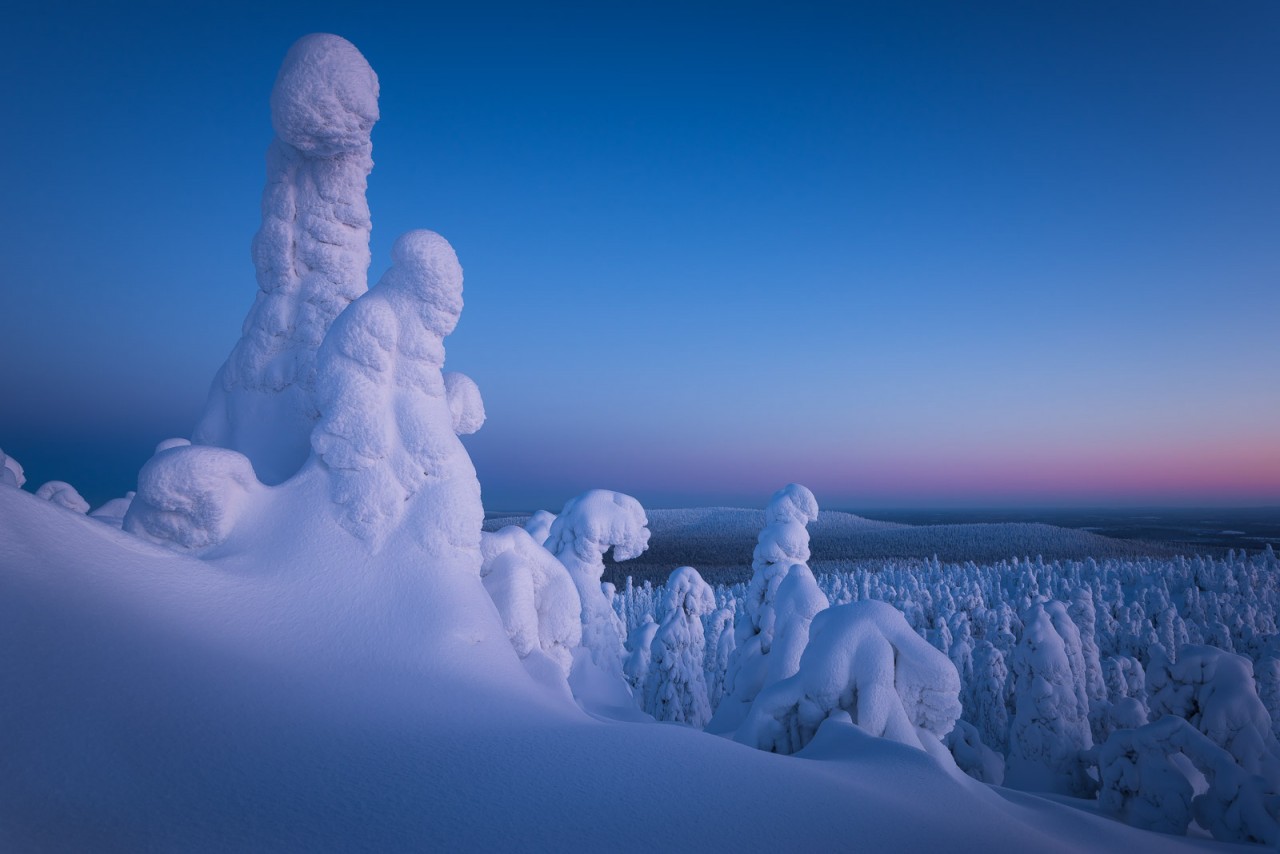
Warm Hands with Photography Gloves - a Sophisticated Glove - System
Lapland's winter conditions pose challenges for photographers. With the bitter cold and snow, it's important for photographers to protect their hands from the cold and frost, so that they can use their equipment safely and, above all, without it getting in the way of their work. I came across THE HEAT COMPANY photography gloves a few years ago and for me it's the best glove - system that I can recommend to any winter photographer.
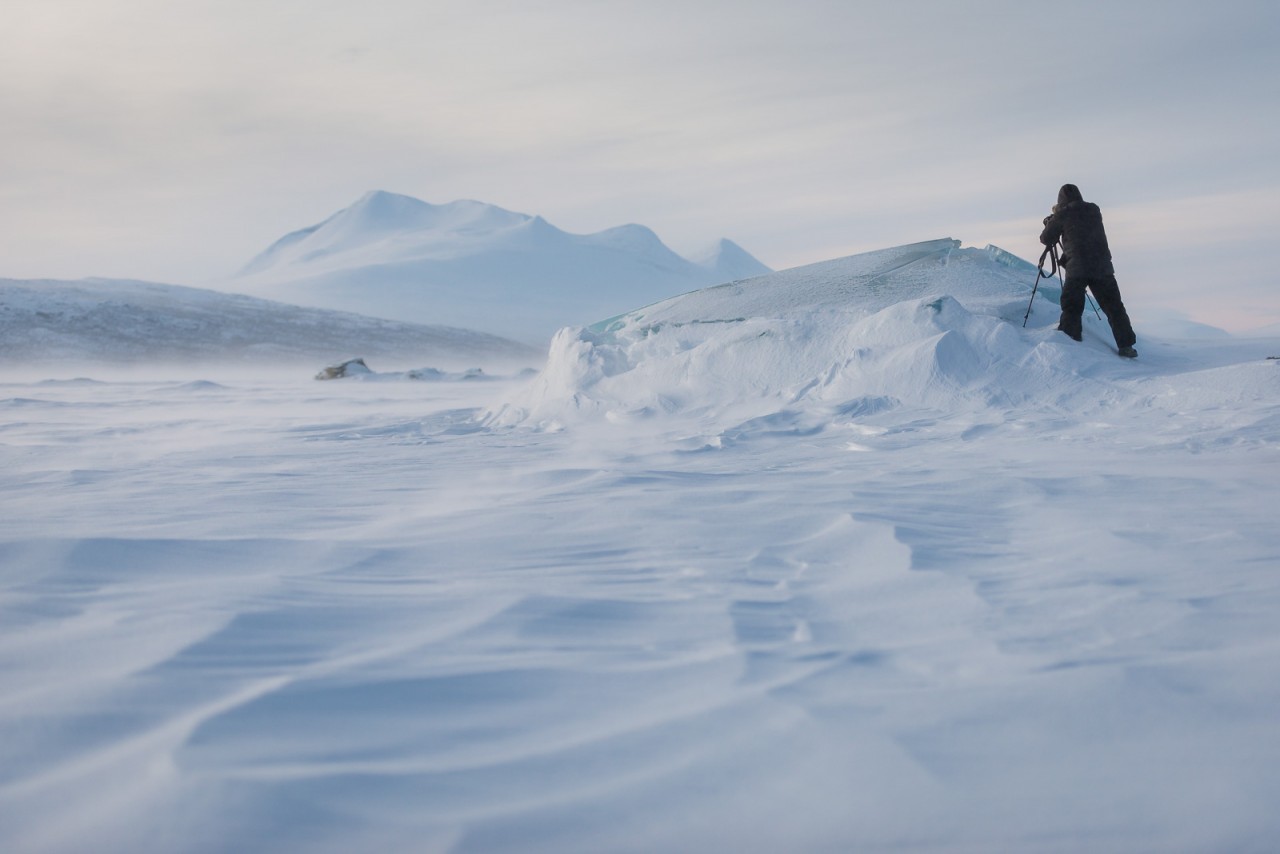
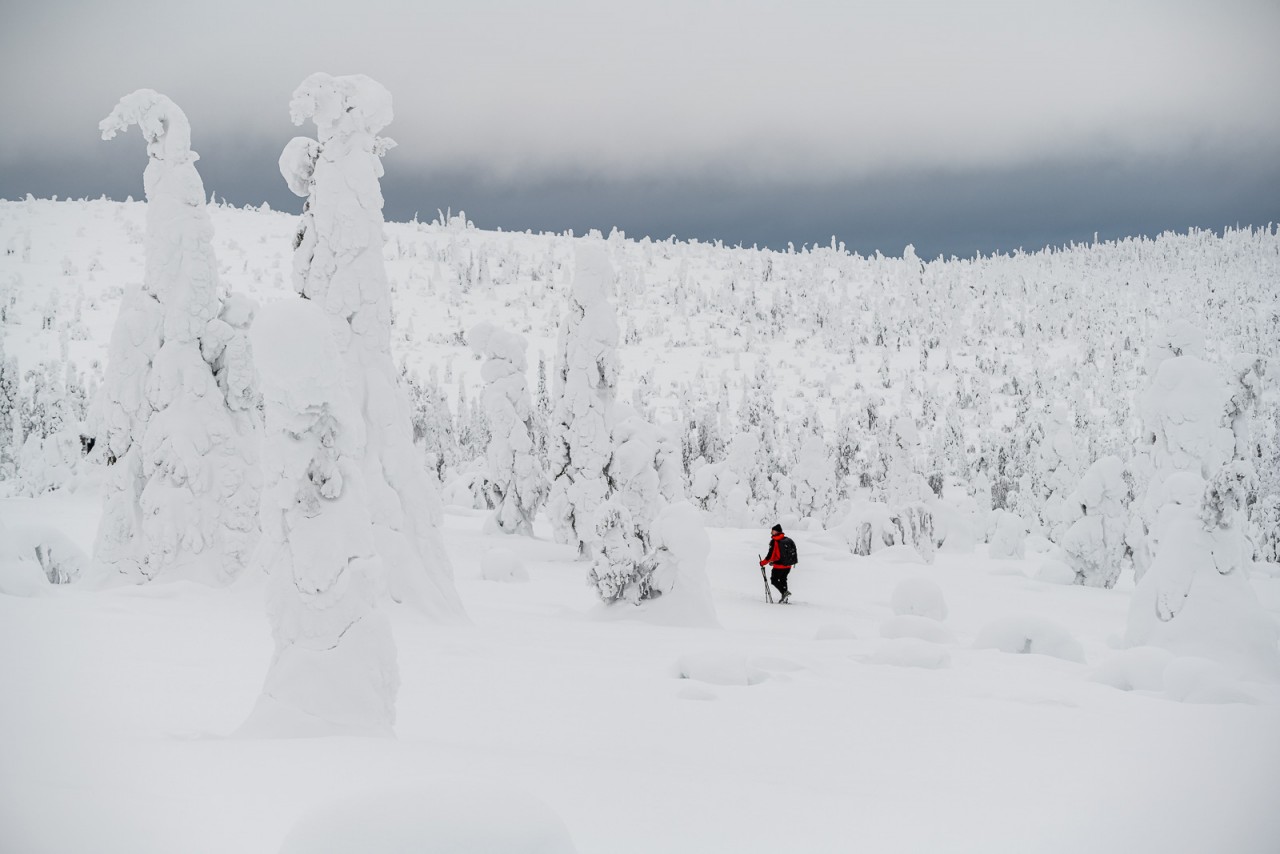
THE HEAT COMPANY glove system consists of three different glove layers, which can be worn separately or in combination. The first layer is called the LINER, a finger glove that comes in different models and materials such as merino wool, leather or WIND PRO material. The second layer is a well-insulated mitten called the SHELL, whose mitten flap can be folded back to have your fingers free for handling. The third layer is an overmitten, the POLAR HOOD, for extra protection against extreme wind and weather conditions. I always wear the MERINO LINER PRO or the DURABLE LINER PRO liner, which I combine with the SHELL mittens depending on the conditions. The big advantage is that the SHELL gives me double protection from the cold and I can open the glove to operate the camera with the liner underneath. As soon as it gets colder, I insert hand warmers for gloves into the liner to be really warm. Lapland in winter is truly exceptional, but if you're badly dressed, the fun can quickly turn into a nightmare and you won't be able to shoot in peace.
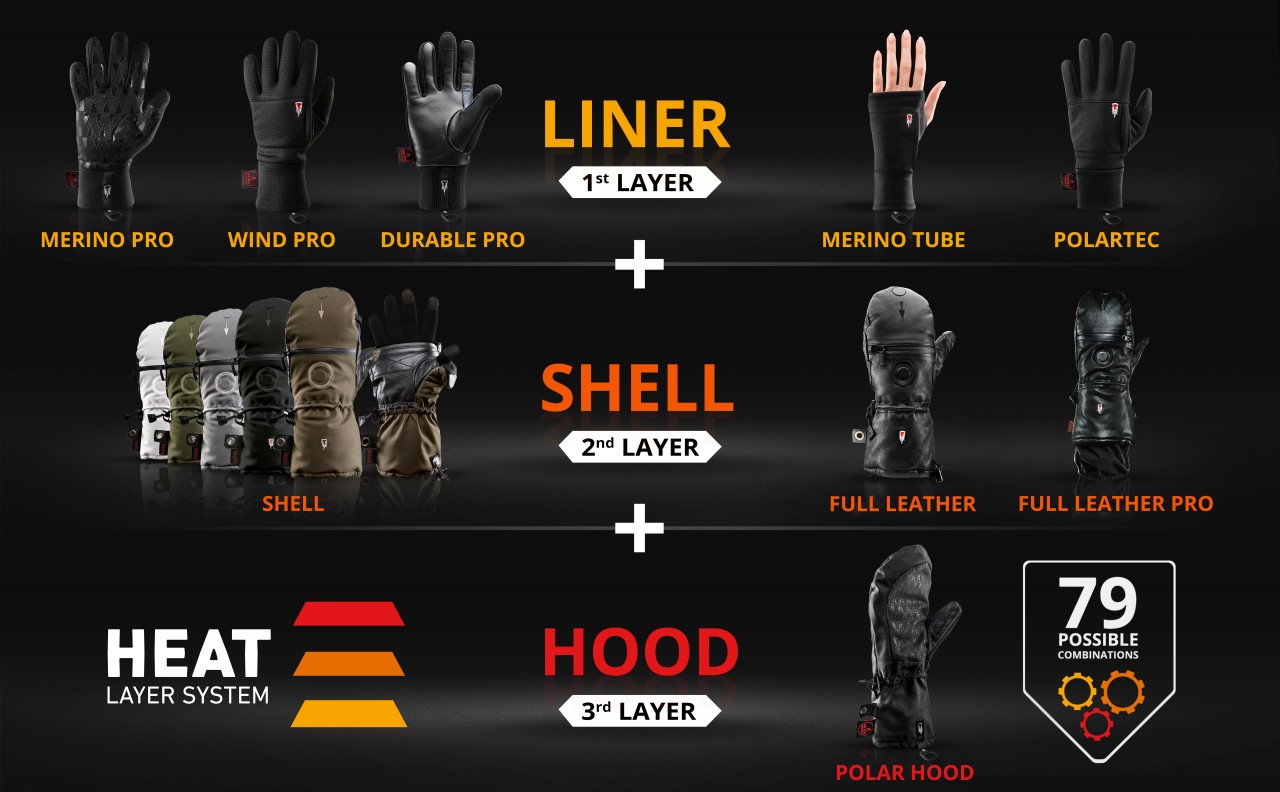
Essential Photography Gear For Lapland Shootings
As for the photo equipment, I always take my tripod to be able to work on my compositions properly and to avoid any camera shakes during my long exposures. As for the lenses, I always take these three lenses:
- A very wide angle lens such as a 14-30mm;
- A 24-120mm, which allows me to shoot wide-angle shots but also close ups;
- A telephoto lens, in my case a 100-400mm, to find details in landscape or wildlife photography
Finally, I always have my filters (polarizer, ND and GND) in my photo bag to get the effects I want. This way I try to get as close as possible to my final photo, with the aim of spending little time on post-processing in Adobe Lightroom. Finally, I put different warming pads and the photo gloves into my photo bag.
Protect Batteries From Cold With Warmers!
Cold and snow call for special precautions when handling photographic equipment. With the introduction of hybrids, battery life tends to be shorter than with SLRs. What's more, with the biting cold, it's important to keep batteries warm, as they can discharge even more quickly. I recommend the , a warmer that should be stored in the backpack close to the batteries and that keeps spare batteries warm. Obviously, if you're going away for a whole evening, or even overnight, you'll need at least 3 batteries to make sure you don't miss anything. Discovering a faulty battery in the field happens more often than you think!
Fascinating Northern Lights in Lapland
One of the winter highlights in Lapland is undoubtedly the Aurora Borealis. This phenomenon is the result of the interaction between the solar wind from the sun and the earth's magnetosphere. It's interesting to note that we've been hearing about this phenomenon regularly, with the aurora sometimes visible as far away as France (especially visible on the photo sensor) as solar activity is increasing. Solar activity is known to follow an 11-year cycle, alternating between periods of solar minimum and maximum and we're lucky enough to be approaching a maximum in the next few years!
There are 3 very important conditions for seeing the Northern Lights:
1- The sky must be clear! You can have the biggest geomagnetic storm with pink, blue and red auroras, but if the sky is overcast, you will see absolutely nothing (at best an unusually coloured mass of clouds).
2- That there are auroras, i.e. that the clear has been active at least 48 to 72 hours before your observation evening. There are a number of websites and apps that monitor this. Personally, I use SpaceweatherLive
3- This last point is a bonus: stay far from the light pollution of a city so that you can enjoy the show without being spoiled by artificial lights!
My Camera Settings for Northern Lights Photography
My settings vary greatly depending on whether the moon is present or not, and, above all, on the strength and speed of the aurora. In any case, you need to use a tripod and, if possible, you should use either a remote control, a self-timer or a mirror lock-up (especially with Nikon) to avoid any movement of the camera.
And don't be afraid of increasing the ISO (light sensitivity)! The new cameras are working cleaner and the noise reduction works better these days. Here are some of my typical settings, depending on the type of Northern Lights:
- Weak and slow Northern Lights: 3200 ISO / F2.8 / 20s
- "Average" Northern Lights: 3200 ISO / F2.8 / 10s
- Strong and fast Northern Lights: 3200 ISO / F2,8 / 2s
These are my initial settings, which I adjust later after seeing the result on the display. Depending on whether the moon illuminates the snow-covered landscape well, it is sometimes necessary to lower the ISO, towards 1000 ISO. On the other hand, with no snow, a dark night, and no moon in the early hours, it's okay to go to 6400 ISO. The settings should also be adjusted according to the aperture of the lens: I often shot at f/4, in which case I increase the base ISO to 6400.
Also remember the famous "500 rule" to avoid star trails on your night shots: 500 / focal length used in mm = exposure time. With a 24 mm lens, for example, your exposure time must not exceed 20 seconds, otherwise the rotational motion of the Earth will become visible and the stars will appear as dotted lines.
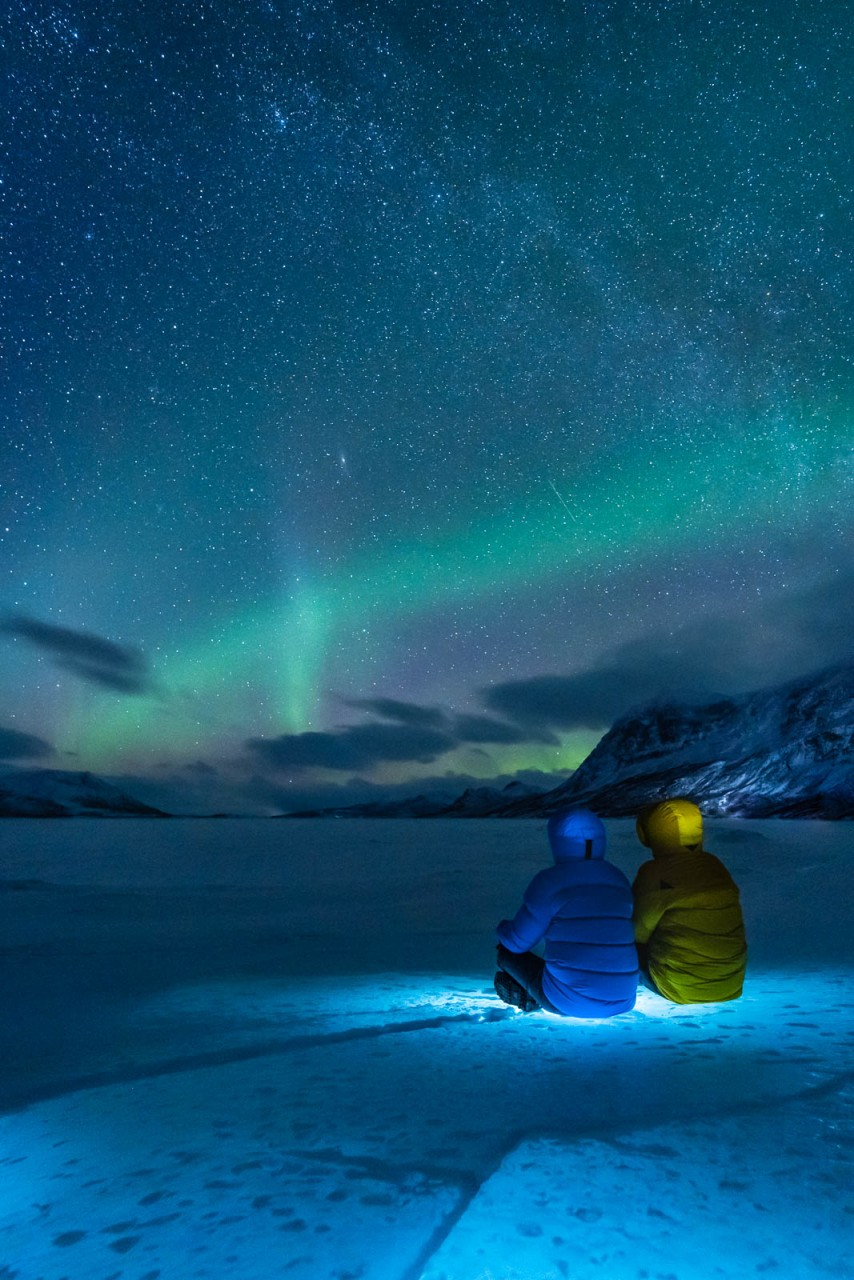
Majestic Wildlife in Wintry Lapland
In Lapland, photographers have the wonderful opportunity to observe and photograph the local wildlife in its winter splendor. The region is home to a variety of fascinating animals, including reindeer, moose, and if you're lucky, even Arctic foxes, great gray owls, and snowy owls, to name but a few.
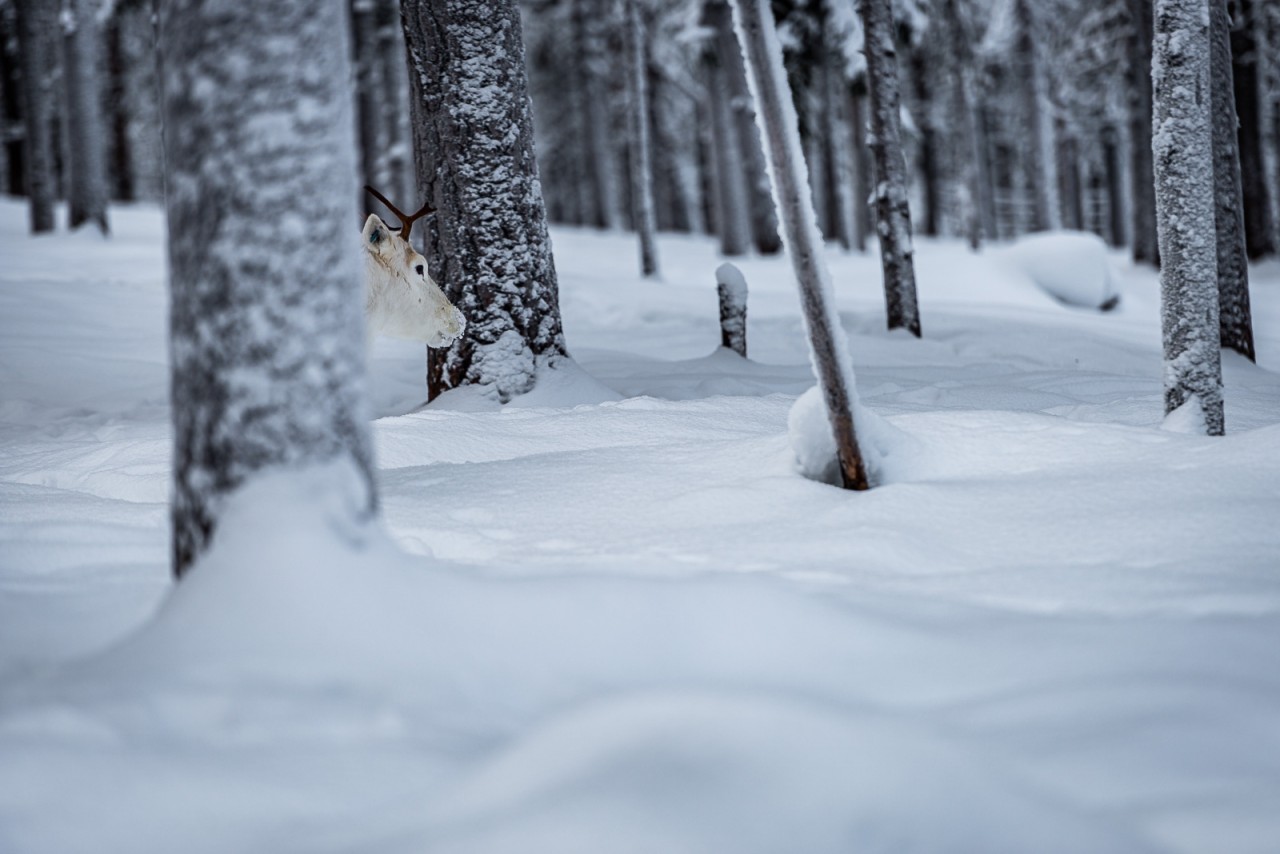
cAs a landscape photographer, I don't explicitly look for animals, but let myself be surprised by chance encounters. Lapland - visitors will quickly notice that certain animals are seen more often, such as reindeer, which usually appear in groups. Moose, on the other hand, are less common and seen at the most inconvenient time, on the road at night! Otherwise, it really depends on how lucky you are, unless you know the specific species well or you are in the company of a specialized wildlife photographer.
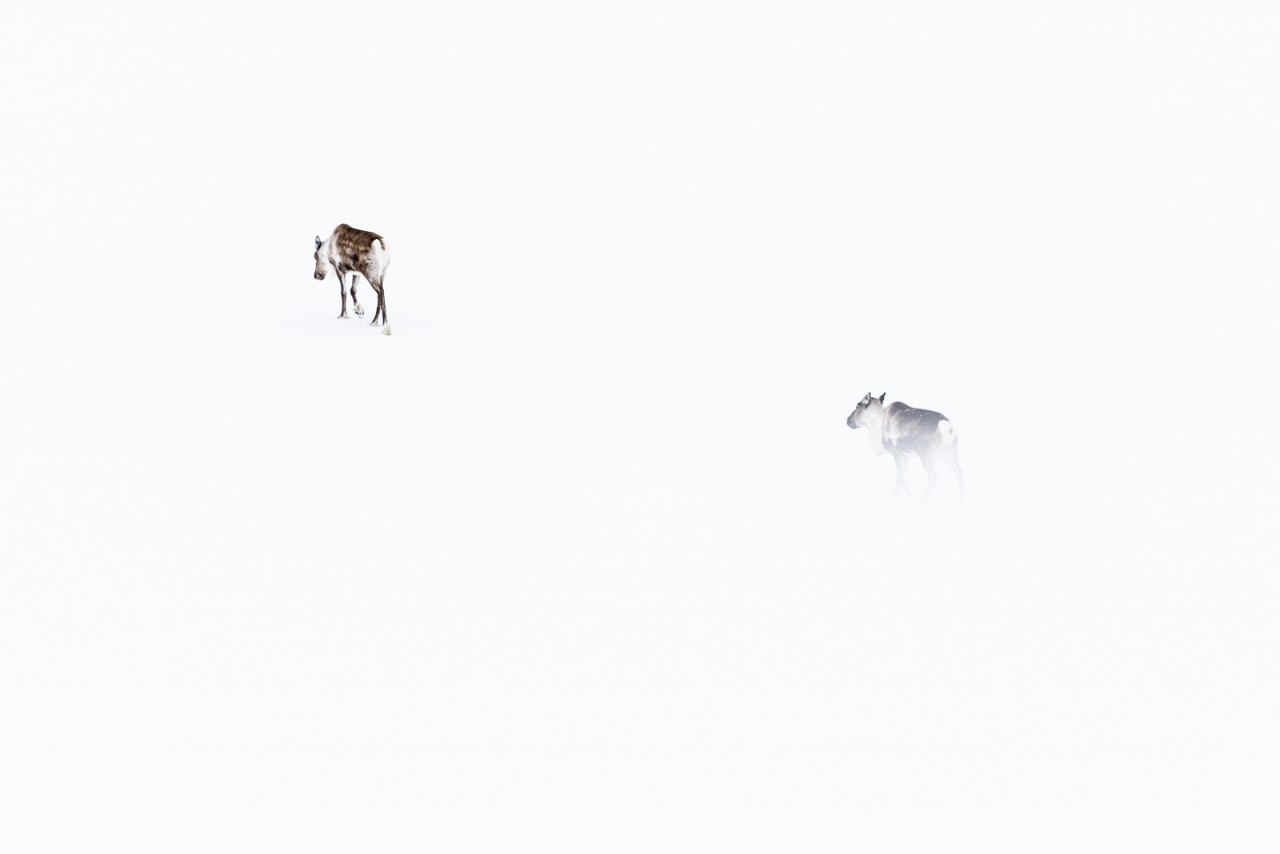
Nevertheless, including animals in your photos will enhance your images even more. If you have the opportunity to do this, try both: animal close-ups and more minimalistic shots where the animal takes up little space but stands in the midst of an immense environment.
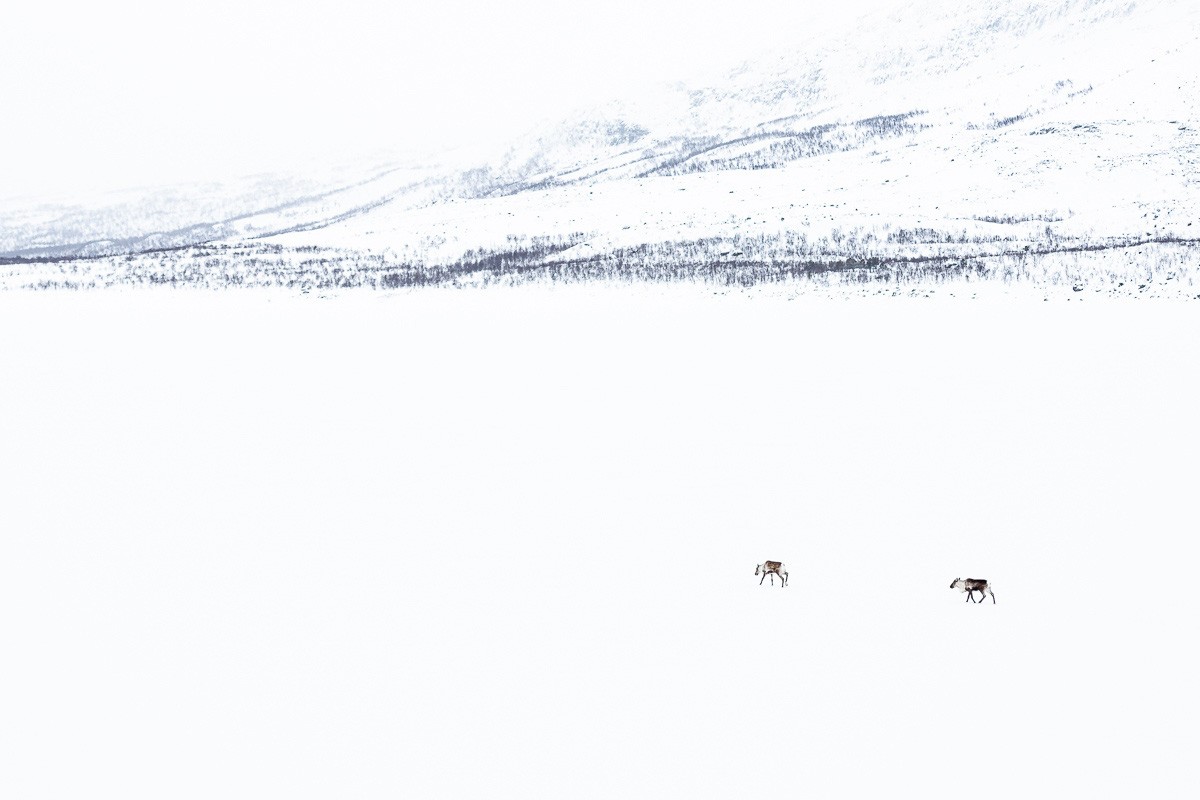
Sleigh Ride With Huskies or Reindeer - an Unforgettable Highlight
An absolute highlight of a photo trip through Lapland is undoubtedly an exciting sleigh ride with huskies or reindeer. These unique animals pull the sled through the snowy landscape, creating an unforgettable experience for photographers. During the ride you can admire the breathtaking nature of Lapland and at the same time take impressive pictures of the majestic animals and the wintry surrounding.
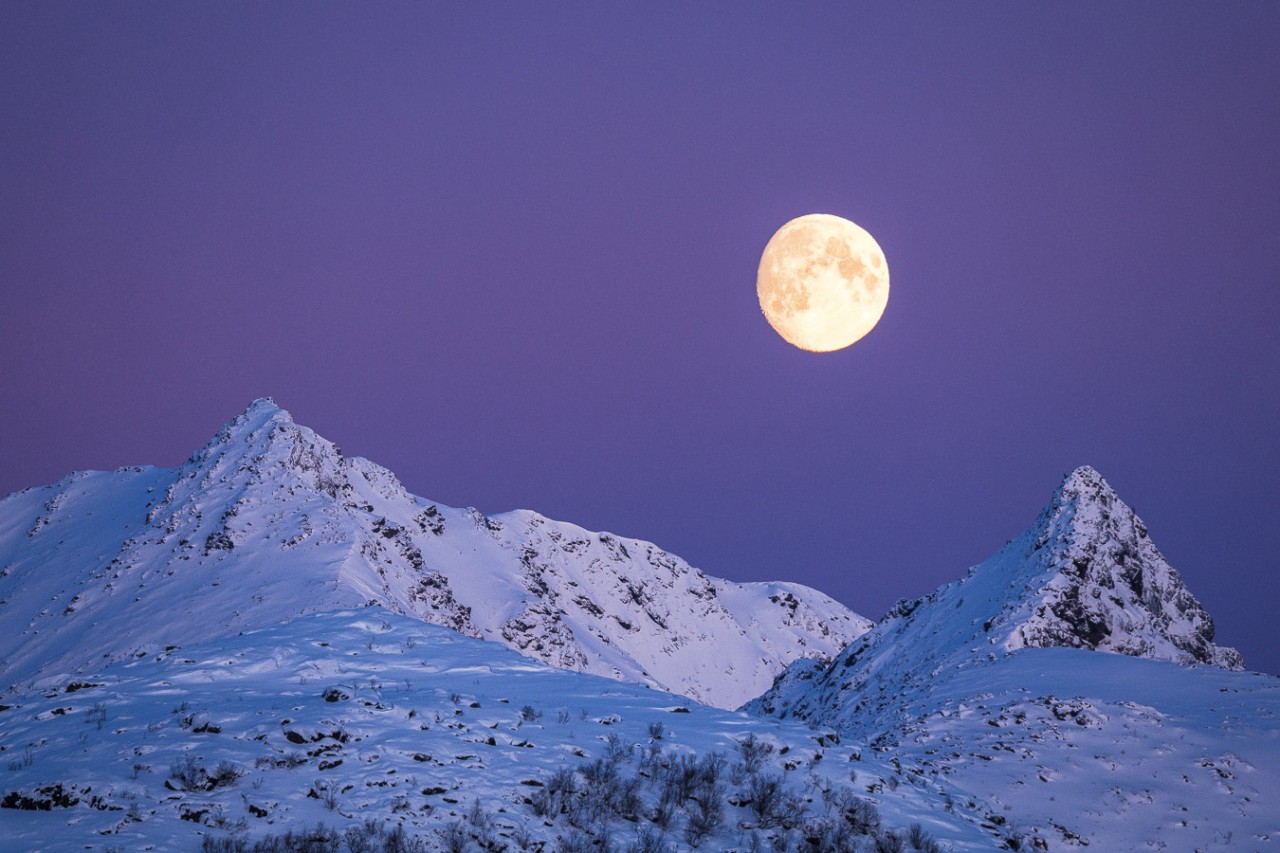
About the Author:
More about Pierre Destribats and his work at www.pierredestribats.com. Pierre runs a photo travel agency and specializes in particular in trips to Lapland www.renardo-puffinou.fr



